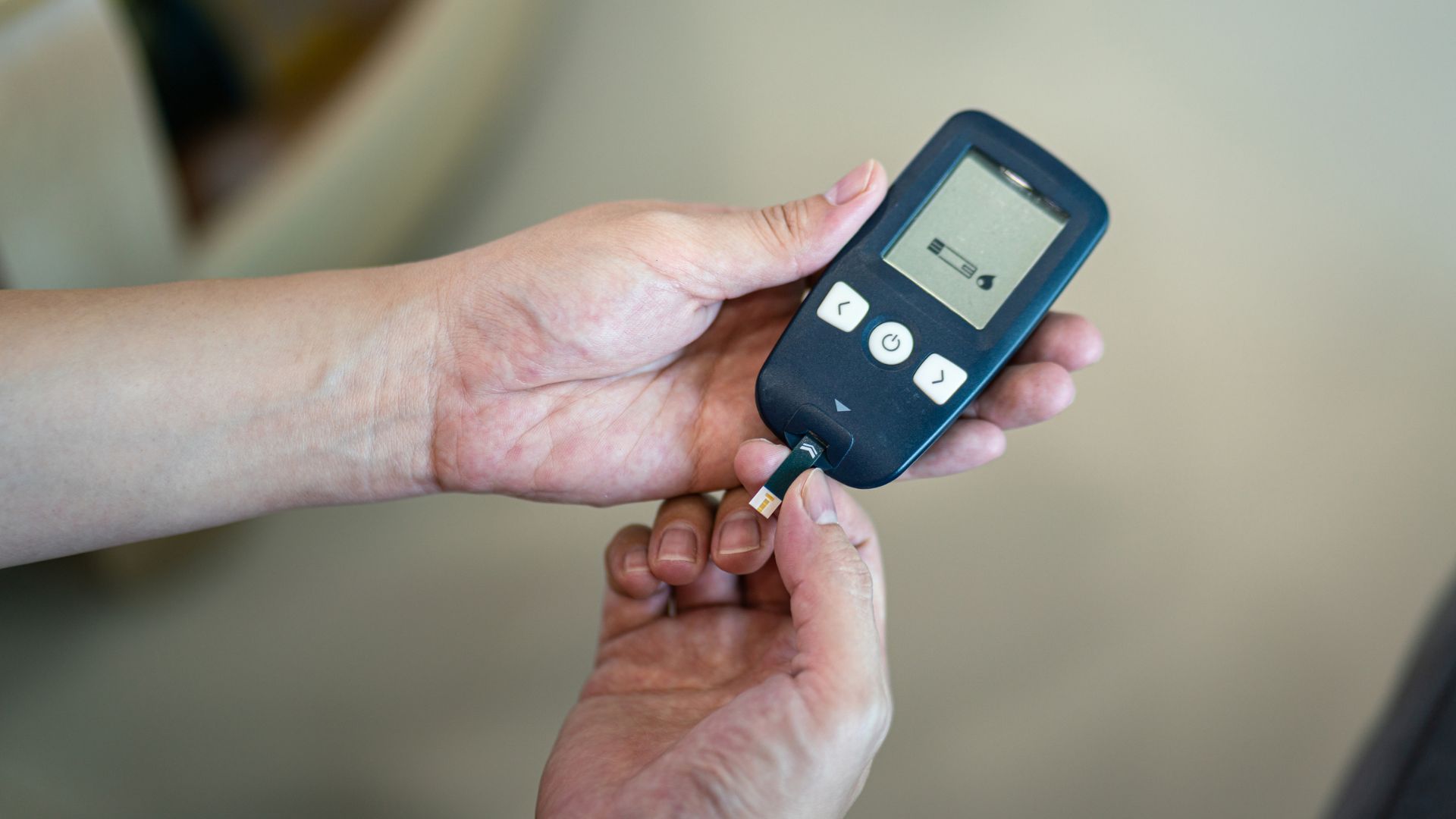In a groundbreaking medical achievement, a team of Chinese scientists and clinicians has reportedly cured a patient of diabetes using cell therapy for the first time.
The patient, a 59-year-old man who had endured type 2 diabetes for 25 years, faced severe complications from the disease. Despite receiving a kidney transplant in 2017, he had lost most of his pancreatic islet function, which is crucial for regulating blood glucose levels, and was dependent on multiple daily insulin injections.
“I think this study represents an important advance in the field of cell therapy for diabetes,” Timothy Kieffer, a professor in the Department of Cellular and Physiological Sciences at the University of British Columbia, told South China Morning Post (SCMP) on Monday.
One step closer to stem cell solutions for diabetes
Global researchers are investigating islet transplants as a promising alternative treatment, primarily focusing on creating islet-like cells from human stem cell cultures. After more than a decade of effort, the Chinese team has made significant progress.
In July 2021, the patient underwent the cell transplant. Just 11 weeks later, he no longer required external insulin, and within a year, his need for oral medication to control blood sugar levels was completely eliminated.
The team, led by Yin Hao, a leading researcher at Shanghai Changzheng Hospital, used and programmed the patient’s own peripheral blood mononuclear cells. These were transformed into “seed cells” and reconstituted pancreatic islet tissue in an artificial environment.
Yin emphasized that this breakthrough is another advancement in the field of regenerative medicine, which leverages the body’s own regenerative capabilities to treat illness.
A common challenge in translational research is differentiating stem cells into high-quality insulin-producing cells on a large scale for therapeutic use. In a study published in Stem Cell Research & Therapy earlier this year, a team of diabetes researchers led by Kieffer explored methods to enhance scalable manufacturing.
They identified key parameters for monitoring quality during cell therapy production. Their findings offer valuable insights into the large-scale production of human pluripotent stem cell (hPSC)-derived pancreatic cells and propose ways to standardize the manufacturing process.
While preclinical data from Kieffer’s team supports using stem cell-derived islets for type 2 diabetes treatment, Yin’s report represents “the first evidence in humans,” according to Kieffer.
Diabetes in China
China’s diabetic population is disproportionately high, notes Huang Yanzhong, a senior fellow for global health at the Council on Foreign Relations. He highlighted that although China comprises 17.7% of the world’s population, its diabetic population constitutes a staggering quarter of the global total, imposing a significant health burden on the government.
China has the highest number of people with diabetes globally. According to the International Diabetes Federation, the country has 140 million people with diabetes, with around 40 million of them dependent on lifelong insulin injections.
If this cell therapy approach proves successful, Kieffer told SCMP that, “it can free patients from the burden of chronic medications, improve health and quality of life, and reduce healthcare expenditures.”
However, he emphasized that further studies involving more patients, based on the findings of this Chinese study, are necessary to achieve these outcomes.
ABOUT THE EDITOR
Srishti Gupta Srishti studied English literature at the University of Delhi and has since then realized it’s not her cup of tea. She has been an editor in every space and content type imaginable, from children’s books to journal articles. She enjoys popular culture, reading contemporary fiction and nonfiction, crafts, and spending time with her cats. With a keen interest in science, Srishti is particularly drawn to beats covering medicine, sustainability, gene studies, and anything biology-related.

